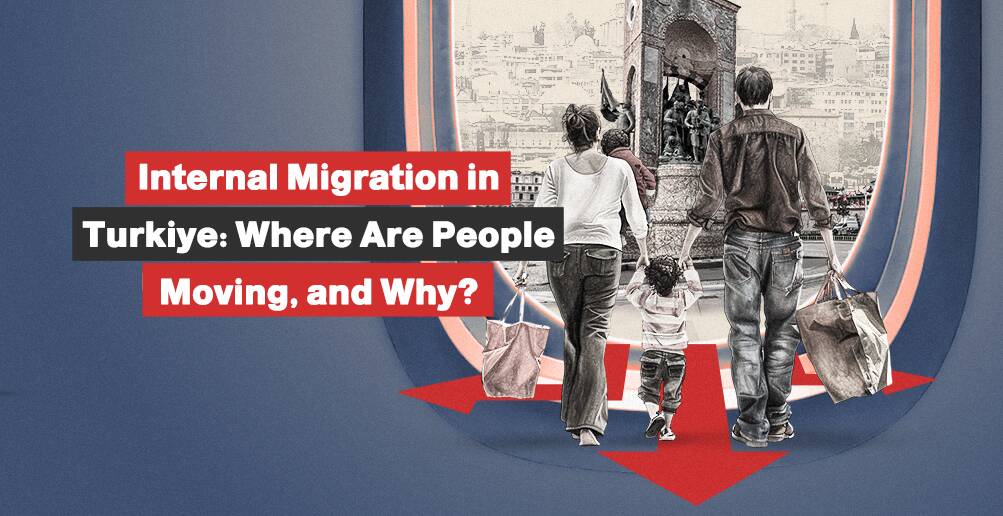What Are the U.S. Army's 'Gay Bomb,' Secret Sex Program?

Recent reports reveal covert efforts by the U.S. to explore sexual weaponry, including the infamous "gay bomb."
Pornography is described as a comprehensive moral weapon in a guide for international intelligence agencies, particularly those in the West. However, in recent years, it has become a subject for contemplating the production of an actual weapon using chemical or hormonal substances that could affect soldiers and turn them into gays who reject war by influencing their behavior.
Numerous recent reports have emerged detailing clandestine initiatives undertaken by the U.S. Department of Defense (Pentagon), exploring or contemplating the development of biological weapons, with the most notable being the infamous "gay bomb."
Some of these stories have spoken of "secret programs" also run by the U.S. Department of Defense regarding funding for a new artificial intelligence program under a name associated with film culture related to the practice of sexual assault "rituals" on children.
Gay Bomb!
On March 11, 2024, the French magazine Le Point published a story about the so-called "gay bomb," affirming that the U.S. Army had conceived of it decades ago with the mission of transforming the enemy army into a group of individuals strongly inclined toward engaging in homosexual behavior.
The French magazine indicated that American military engineers seriously considered manufacturing a bomb that would, upon detonation, attract thousands of soldiers of the enemy to engage in homosexual behavior merely by inhaling the mist produced by these bombs.
It explained that the idea behind these bombs was to stop the war or make the soldiers disinterested in it, thus rebelling against their army.
The history of this idea dates back to a document issued in 1994 entitled "Harassing, Annoying, and 'Bad Guy' Identifying Chemicals."
It was stated in the text prepared by the engineers that a sum of $7.5 million was required for the production and development of this weapon.
It was mentioned that American laboratory engineers see this weapon as "non-lethal but not suitable for armies" because these bombs contain powerful hormonal stimulants and a chemical substance that results in a change in soldiers' behavior leaning toward sexual deviancy.
It was explained that just as the Americans thought of producing a bomb aimed at "developing a type of strong love dose," they also thought of the idea of a bomb that would attract insects and harmful creatures to the enemy's location and make them aggressive.
Other innovations in chemical warfare include "chemical products that leave significant but non-lethal effects on humans."
The French magazine says that the Pentagon has already acknowledged the existence of these projects related to the gay bomb and that the Department of Defense is committed to identifying, researching, and developing non-lethal weapons to support their "men and women in uniform."
Quoted from the non-governmental organization Sunshine Project, which fights against the misuse of military biotechnology, the Pentagon presented the proposal to the country's top scientific review body for consideration, but the project never saw the light.
Because they are anger-provoking inventions, Wright Laboratory, named after Wright-Patterson Air Force Base in Ohio, a laboratory of the U.S. Air Force Research, won a satirical award known as the "Ig Nobel Prize" because it attempted to create a "gay bomb."
The Ig Nobel Prize was launched in 1991, modeled after the Nobel Peace Prize, and is satirical, dedicated to "scientific stupidity" or "foolishness," and was awarded for the invention of the "gay bomb" in 2007.
These satirical awards are given for failed and amusing research in most fields covered by the original Nobel Prizes.
The Origin of the Idea
It is called the "gay bomb," a non-lethal chemical weapon in which a hormone substance is detonated to stimulate soldiers' sexual instincts and turn them into homosexuals.
It is an idea that has been present in the research laboratories of the U.S. Air Force since 1994, based on the production of a psychological weapon in the form of a chemical spray dropped on armies through purpose-built bombs.
It results in generating mutual sexual attraction among the soldiers, causing confusion and collective panic within their ranks.
Its history dates back to 1994 when Wright Laboratory in Ohio, which later changed its name to the "U.S. Air Force Research Laboratory," drafted a three-page proposal detailing several non-lethal chemical weapons.
This document, obtained by the Sunshine Project through the Freedom of Information Act, which allows access to such documents, revealed that the lust-inducing mist weapon is a real American project aimed at creating homosexuality within armies to create chaos and turmoil within them during wars.
The documents obtained by the Sunshine Project under the Freedom of Information Act request included a proposal from Wright Laboratory about chemical substances that could be sprayed on enemy sites.
It stated that one of the options, though not a pleasant one, is a strong aphrodisiac mist, especially if the substance causes homosexual behavior.
The British media revealed that despite the strangeness of this idea, the Bioweapons Watchdog in Austin, Texas, confirmed that the U.S. Army had worked on it.
The army stored information about it on a compact disc in 2000 and submitted it to the National Academy of Sciences in 2002.
The documents show that the mentioned U.S. laboratory requested $7.5 million to develop this weapon, according to The Guardian newspaper on June 13, 2007.
The BBC News network was among the first to mention information about this chemical weapon on January 15, 2005.
It stated that this idea was among many ideas about exploiting the concept of psychological warfare, whether by creating deviant sexual attraction among soldiers with the spray of these bombs, spreading foul odors and making soldiers' sweat repulsive to each other, or attracting insects to soldiers' sites through bombs containing chemical substances.
The ideas documented by the U.S. Air Force about many non-lethal chemical substances designed to disrupt the enemy's discipline and morale, including chemicals that affect human behavior, such as potent aphrodisiacs.
American and British newspapers quoted sources from the U.S. Air Force stating that the United States had been working on developing a "gay bomb" since 1945, but it was later revealed that the project was saturated with impractical and unfeasible ideas.
Experts expressed their surprise and astonishment at this project, questioning how its intended goal, which is to negatively affect the enemy's combat capabilities, would be achieved, suggesting that it might only be achieved by inducing depression, for example.
After a report about this U.S. project was published in 2004, human rights activists expressed their strong dismay that Americans were considering developing such chemical weapons.
The Guardian quoted Aaron Belkin, director of the Michael Palm Center at the University of California, describing the idea of influencing sexual behavior through the dispersion of "spray" as ludicrous.
New Scientist magazine reported on October 31, 2007, that when asked in 2005 about the fate of the American "gay bomb" proposal, the Pentagon downplayed the story.
One spokesperson was quoted as saying it was immediately rejected, while another claimed in 2005 that it was never considered for "further development," but these claims contradict known facts, according to the scientific journal.
It is mentioned that in 2000, six years after the proposal of the idea, the document describing the "gay bomb" was included in a compact disc produced by the Joint Non-Lethal Weapons Directorate at the Pentagon and distributed to military and government agencies to encourage new projects.
In 2001, the proposal was one of several proposals submitted by the Joint Non-Lethal Weapons Directorate for evaluation by a scientific committee at the National Academy of Sciences.
It is stated that ideas for aphrodisiac weapons fall under the U.S. Army's broad new definition of "calmative agents."
This term was chosen for a chemical anti-personnel substance that leaves the victim awake and mobile but without the will or ability to achieve military objectives, and there is a significant amount of secret research in this field.
Intelligence Weapon
As part of the American obsession with sexual means in war or intelligence activities, leaked documents published by The Intercept on March 18, 2024, revealed that the Pentagon is funding a new artificial intelligence program associated with homosexuality with children.
The site clarified that the program, worth $40 million, is code-named "CARCOSA," the same name used in the HBO television series True Detective, and it involves practicing rituals of sexual assault on children.
The Intercept did not accuse the Defense Advanced Research Projects Agency (DARPA), a Department of Defense agency responsible for developing emerging technologies for military use, of anything specific and said there is no evidence.
However, it questioned: Why was the program named CARCOSA, a word with negative connotations associated with sexual assaults on children?
This prompted American psychologists to question the implications of the Pentagon's use of the name mentioned in the series, which was a place where a gang engaged in sexual acts with children and practiced rituals of sexual assault on them.
Activists also said that this name is linked to the banned book The King in Yellow, which says that CARCOSA is a mythical land, home to a living and dead depraved and perverse character. So why does the Pentagon choose a name associated with madness, magic, and perversion with children?
The technology used in this program produces computer-generated images that cover the user's view of the real world, similar to Apple's headset. Its aim is to provide soldiers and leaders with the opportunity to easily process all the information they encounter for the purpose of command and operations control.











